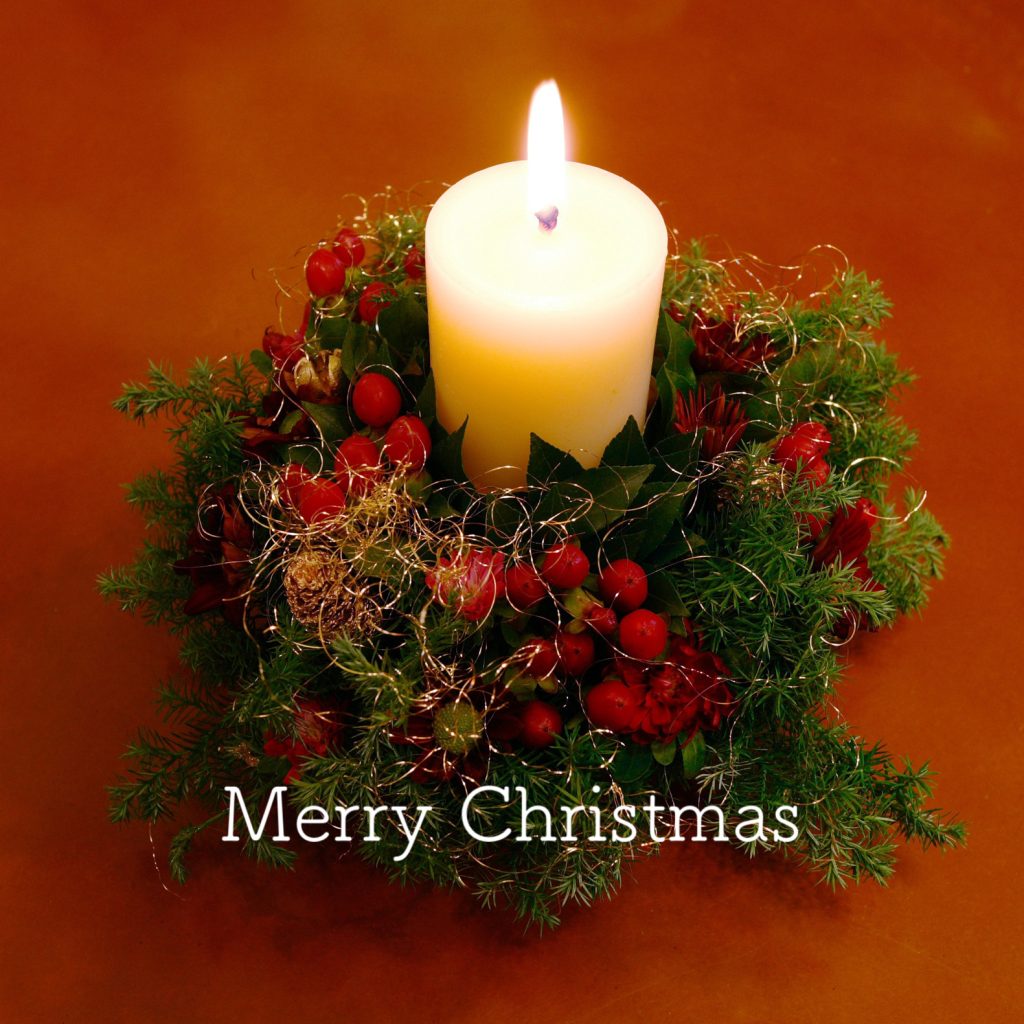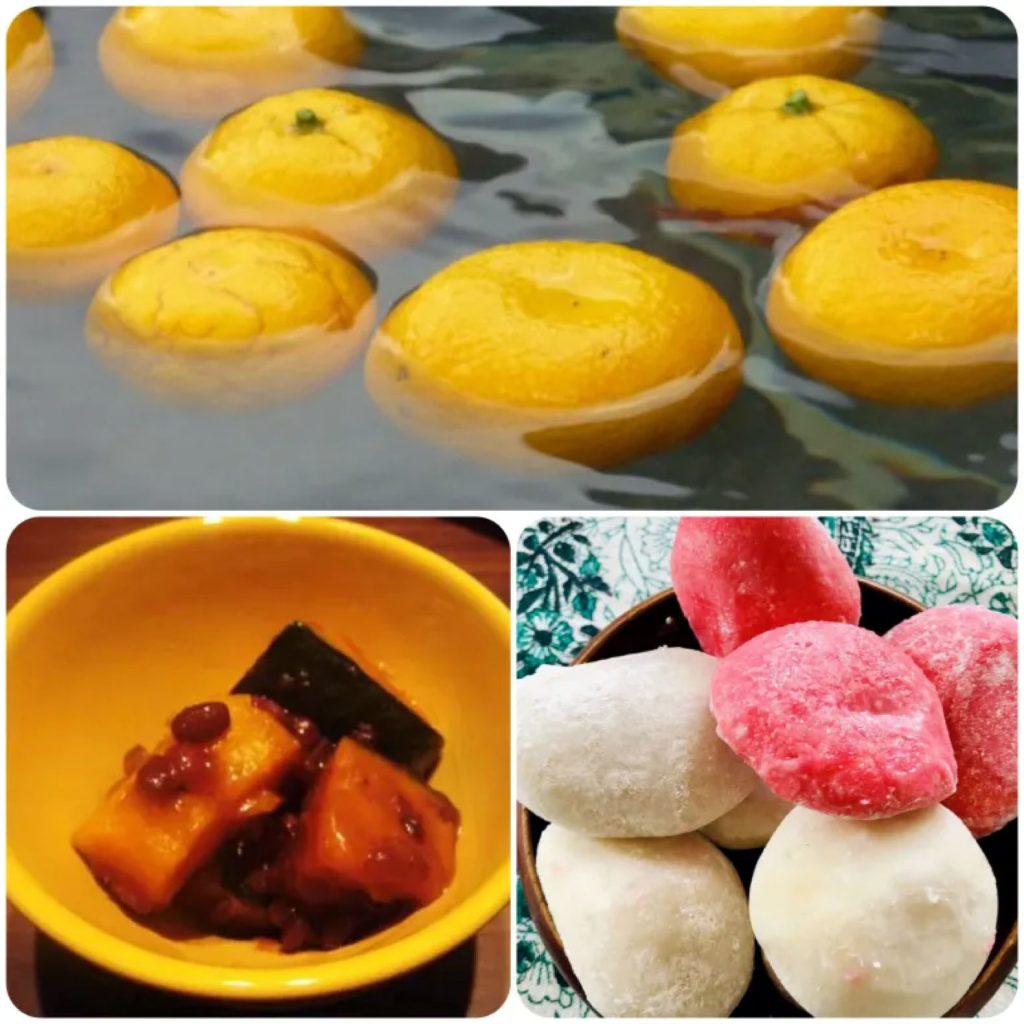
New Year’s Eve soba, said to be eaten by 80% of the population. There are various theories about its origin, but during the mid-Edo period, there was a custom among Edo merchants to eat soba on the last day of every month, and only that tradition survived into the grand New Year’s Eve, becoming what we now know as ‘Toshikoshi Soba.’ December is so busy, it’s called ‘Shiwasu’ (teacher runs), and especially the last week of the year is hectic. Unlike today, stores used to be closed for the first three days of the New Year, so not only did you have to prepare Osechi dishes, but you also had to stock up on food for the three days. On the 31st, stores were open all night, and you had to go and buy any forgotten groceries. There was no time to sit down and have a leisurely meal. That’s why the tradition of quickly eating soba might have been born. In addition, there is a symbolic aspect of breaking away from the misfortunes of the past year and praying for longevity, contributing to making it a customary event on New Year’s Eve. Even now, more than 50% of people still make soba at home, but it seems that the number of people who opt for convenience store New Year’s Eve soba is increasing. With the increase in people living alone and the decline in the tradition of families gathering for meals, this shift may be attributed. However, the convenience store New Year’s Eve soba is surprisingly delicious. The tradition of Toshikoshi Soba is unlikely to disappear, but its form seems to be continually evolving.
国民の80%は食べると言う年越しそば。その由来には諸説ありますが、江戸時代中期、江戸の商家で毎月の晦日にそば食べる習慣があって、それが大みそかだけ残って「年越しそば」になったというのが一般的です。12月は師走と言われるくらい、とにかく忙しい。特に年末1週間は、お餅つきもしなければならないし、今と違って、お正月三が日は店も閉まっていますから、お節料理はもちろん、三日間の食料も買い溜めしとかねばなりません。31日は夜通し店も開いていて、買い忘れた食料品も買いにいかねばならない。落ち着いて食事を取っている暇がない。だから、手っ取り早くおそばを食べる習慣が生まれたんじゃないかとも思います。そのほか、一年の厄災を断ち切り、細く長く長寿を祈って、といった縁起担ぎの側面があり、大みそかの恒例行事となったとも言われています。年越しそばは今でも50%以上が家で作るそうですが、コンビニの年越しそばで済ますと言う人達も増えている様です。一人暮らしも増えてきましたし、家族がまとまって食事すると言う習慣もなくなったからでしょう。しかし、このコンビニの年越しそばがまた美味しい。年越しそばの習慣は消えないでしょうが、その形態はどんどん変わっていく様です。









